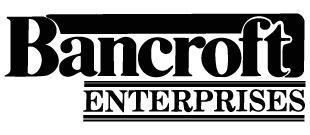Writing a Business Plan
The purpose of a business plan is not to evaluate the business and move forward, but rather to sell its purpose to prospective investors. Essentially, a business plan is a sales document. Business plans are sometimes confused with marketing plans, known as the blueprints to a business. Marketing plans are detailed documents about business planning, sales and growth, whereas business plans are used to promote a business to outside investors or internal management.
Reaching and connecting with the investors is at the heart of a business plan. Investors want to know how their investment in the business will benefit them, what the profit potential is, and how to cash out on their investment. Most investors have endured two or more presentations and business plans, so choose investors with an interest in the field. Give an honest and realistic presentation, make sure the numbers add up, and be prepared for questions. The more prepared the presentation and business plan, the better the chances of securing an investment.
There are four components to a business plan: the description of the business, the marketing plan, the financial plan and the management plan. The first component is the description of the business. The business description should include information about products or services, and whether it's a partnership, proprietorship or corporation. Prepare information about licenses and permits, and the location and facilities.
The second component to a business plan is the marketing plan. The marketing plan is focused on whom the target audience is and how to reach them. Include research information about the audience's sex, race, income, education, and their relationship with the business. List customer benefits and be specific about how you will communicate them to you audience.
The third component is the financial plan, which determines a budget for both start-up and operating costs. Start-up costs are the fees and expenses needed to open a business, and operating costs are those that are needed to keep the business open and running. Permits, licenses, equipment, supplies, rent, insurance, wages, salaries, taxes and maintenance are examples of start-up and operating costs.
The final component to a business plan is the management plan. The management plan is devised to support personnel and, in turn, promote customer service. This plan should include salaries, benefits and vacation time, as well as operating procedures and manuals. In effect, it's the blueprint to how the upper management and personnel will operate.
Business plans are used to promote and sell a business to investors. In addition to the business description, and the marketing, financial and management plans, a business plan should include summaries, supporting and legal documents, and financial projections. This provides an accurate description and projection of the business to a prospective, and perhaps future, investor.
